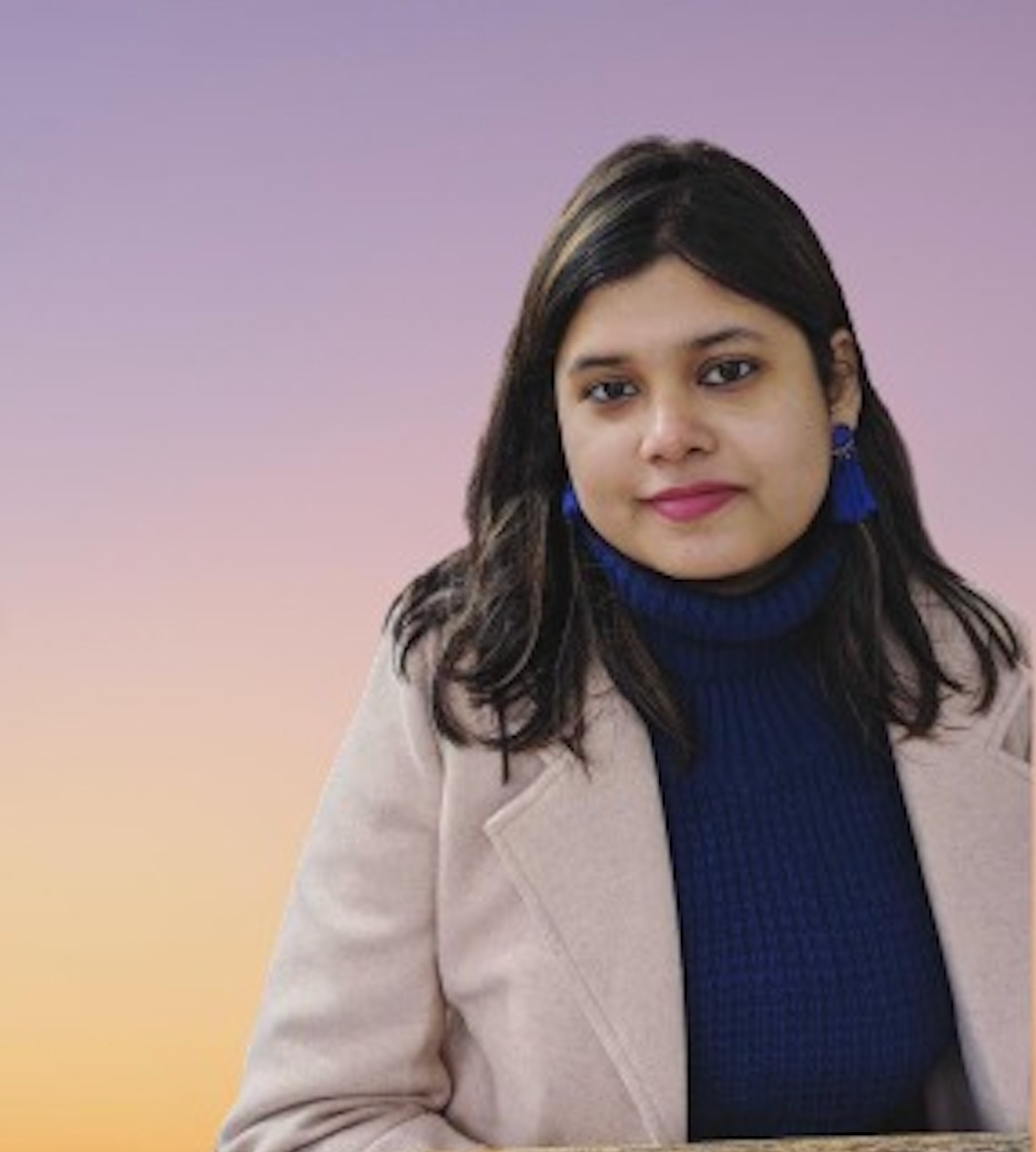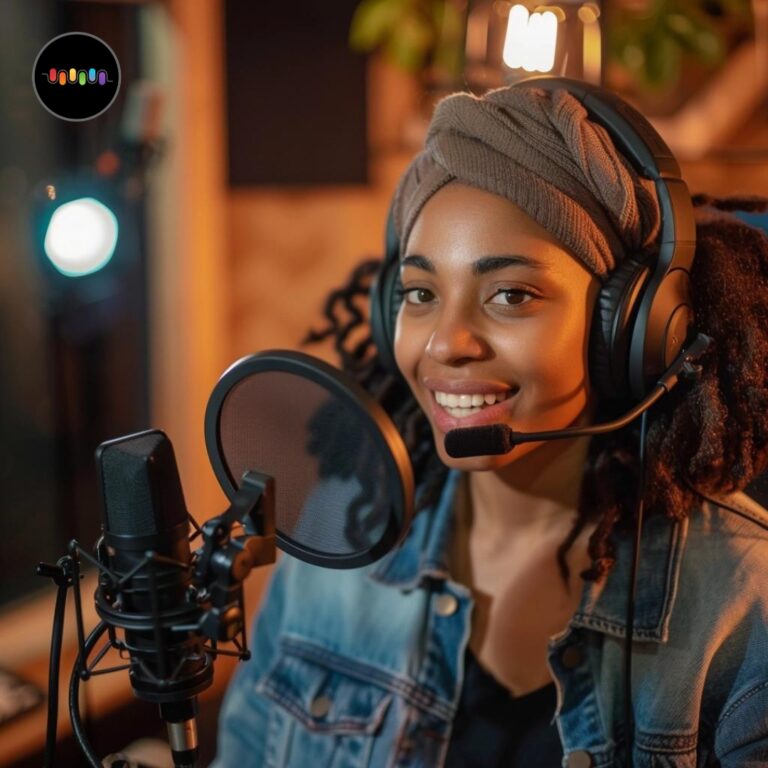Think video podcasting is just a passing trend? Think again. By 2029, over 110 million Americans will be tuning into podcasts – a massive audience waiting to hear what you say.
But let’s be real: starting a video podcast can feel overwhelming. Camera setups, lighting, editing software—it’s enough to make anyone’s head spin. But that doesn’t mean you’ve missed the boat entirely.
Here’s the exciting part: Despite their growing popularity, only 40% of Americans listen to podcasts monthly. That’s a lot of untapped potential, especially among the 35-54 age group, where listenership has recently doubled.
In this guide, we’ll clarify the confusion and show you exactly how to launch your video podcast without the usual headaches.
What is a Video Podcast?
A video podcast is not just a way to add a camera to a regular podcast—though that’s one way to do it! It offers the best of both worlds: the engaging conversations of traditional podcasting and the visual appeal of video content.
You could be filming your in-studio chats, sharing your screen during remote interviews, or even getting creative with animations.
The key difference from regular YouTube videos?
Video podcasts prioritize the conversation and typically offer an audio-only version for listeners who prefer to tune in during their commute or workout.
Take “The Diary of a CEO.” You see Steven Bartlett’s genuine reactions and body language as he interviews guests like former CIA spies and Harvard professors. However, you can still catch audio-only episodes during your morning run.

Video podcast vs. audio podcast: what are the differences?
Just recording a voice? With audio podcasts, your listeners focus purely on what’s being said and any sound design you’ve added. But flip on that camera, and suddenly, your audience sees every facial expression and gesture.
When Joe Rogan’s eyes go wide during a wild storm or Steven Bartlett leans in during an intense moment, viewers feel like they’re in the room.
Production-wise, audio keeps it simple – grab a good mic, and you’re set. Video? You’re juggling cameras, lighting, backdrops, and longer editing sessions. Plus, you can’t just roll out of bed and start recording (goodbye, podcast PJs!).
Audio limits you to voice and sound, but video opens up a whole new world. Lex Fridman can hop up and explain AI concepts on his whiteboard. You can share your screen, showcase products, or give visual demonstrations.
Audio sticks mainly to podcast apps like Apple Podcasts and Spotify when it comes to getting your content out there. Video lets you tap into YouTube’s massive audience plus create those snackable clips for TikTok and Instagram.
Finally, there’s how people tune in. Audio is perfect for multitasking – driving, working out, doing chores. Video demands more attention but typically sees higher engagement when people sit down to watch.
| Aspect | Audio Podcast | Video Podcast |
|---|---|---|
| Engagement Style | Voice and sound only; relies on vocal expression and sound design | Shows facial expressions, gestures, reactions |
| Production Setup | Simple setup: quality microphone and recording software | More complex: cameras, lighting, backdrop, wardrobe, longer editing time |
| Content Options | Limited to voice and sound elements | Can include visual demos, screen sharing, whiteboard explanations, product showcases |
| Distribution Channels | Mainly podcast apps (Apple Podcasts, Spotify) | Additional platforms like YouTube, plus clip potential for TikTok and Instagram |
| Listener/Viewer Behavior | Perfect for multitasking (driving, workouts, chores) | Requires focused attention but gets higher engagement during viewing |
What are The Benefits of Video Podcasting?
Thinking about adding a video to your podcast, but is it worth the extra effort? Let’s look at the real benefits that make video podcasting a game-changer for creators:
Connect with every generation
The stats are eye-opening: 50% of people aged 12-34 are regular podcast consumers; even better, over 40% of the 35-54 age group now tune in monthly. Video helps you connect with this diverse audience base.
Turn one episode into weeks of content
One recording session produces tons of content. Your main episode goes on YouTube and podcast platforms, and you can clip highlights for Instagram, TikTok, and LinkedIn. Work smarter, not harder.
Build a loyal community faster
Viewers who see your expressions, gestures, and studio setup feel like they’re right there with you. This visual connection helps build trust and loyalty faster than audio alone.
Get noticed in a crowded market
With most podcasts still audio-only, adding video gives you an edge. Your content becomes more shareable, engaging, and likely to get noticed in an increasingly crowded space.
Types of Video Podcasts
Static image style: Keep it simple
Want the easiest way to start? This is it. Just pair your audio with your podcast cover art or a simple branded background. Bill Burr’s Monday Morning Podcast – basic but adequate. Perfect if you’re testing the waters or running a solo show.

Source
Talking heads: Just you and the camera
This is the classic “look into the camera and talk” format. Set up your camera, mind your background, and start sharing. It’s great for solo episodes or when you’re giving direct advice to your audience. It works exceptionally well for educational content, where facial expressions add value to your explanations.
In The Sarah Silverman Podcast, she sits casually in front of the camera in what looks like her home office, just riffing on everything from politics to personal stories. She keeps the setup simple – just her and the camera – but her expressiveness and direct-to-camera style make viewers feel like they’re having an intimate chat with a friend.
This simple approach works perfectly for her comedy style and shows how a solo video podcast can be both low-maintenance and highly engaging.
Remote interviews: Connect from anywhere
Think Joe Rogan interviewing Elon Musk over a video call. You’re recording split-screen conversations with guests from around the world. Platforms like Zoom or Riverside make this super easy, and you can get creative with the layout – side by side or switching between speakers.

Source
Studio setup: The professional approach
This is what you see on shows like The Diary of a CEO: multiple cameras, proper lighting, and maybe even a custom set. The cameras catch different angles, and you can switch between views to keep things dynamic. More work? Yes, but it looks super professional.
Mixed media: Get creative
Here’s where you blend different elements – you’re talking on camera, then cutting to screen recordings, adding animations, or showing B-roll footage. Perfect for topics that need visual explanation or to keep viewers extra engaged.
Live video podcasts
The adrenaline rush Broadcasting live while recording your podcast. You interact with your audience in real-time through comments, and the rawness adds an exciting edge. Plus, you can edit and release it later as a regular episode.
Steps to Start a Video Podcast: Set-up, Best Practices and Equipment
Creating a successful video podcast isn’t just about hitting the record and hoping for the best. Each phase builds on the last to create a polished final product. Let’s break down exactly what you need to do at each stage.
Pre-production
Setting the stage for success Great shows start with solid planning. This phase involves making decisions and preparations that will affect every aspect of your podcast.
Step 1: Create your show’s identity
Your podcast needs more than just a topic—it needs a personality. Think about what makes your perspective unique and valuable. Are you the expert who simplifies complex issues? The curious interviewer who asks questions others don’t? Your show’s identity will guide everything from visual style to guest interaction.
Start by writing your show bible – a document outlining your core concept, target audience, and content approach. Test different conversation styles by recording short segments. Listen back and note what feels most natural.
Action items:
Step 2: Design your recording space
Your recording environment affects audio and video quality. You don’t need a professional studio, but you do need a consistent, controlled space. Consider sound first—look for a quiet room with minimal echo. Then, think about visuals—your background should enhance your content, not compete with it.
Record short clips to test different areas of your space. Listen for echo and background noise. Watch for distracting elements in the frame. Set up lighting to eliminate shadows while keeping you looking natural.
Action items:
Step 3: Set up your technical foundation
Start with the best equipment you can afford, but remember—content matters more than gear. Your smartphone might be a better camera than a cheap DSLR. Invest in good audio from day one. Viewers will forgive mediocre video, but poor audio makes content unwatchable.
Create a recording workflow that minimizes technical headaches. Thoroughly test every piece of equipment and develop backup plans for when things go wrong.
Action items:
Production
Making your content shine: This is where planning meets execution. Good production practices ensure you’ll have quality material to work with later.
Step 1: Master your pre-recording routine
The 30 minutes before recording are crucial. Develop a pre-flight checklist covering everything from equipment setup to room preparation. Run quick tests of all systems—catching problems now will save hours of frustration later.
Treat every recording session like a professional production, even if you’re just starting. Consistency in your process leads to consistency in your output.
Action items:
Step 2: Perfect your recording workflow
Focus on maintaining consistent energy and engagement throughout your recording. Monitor technical aspects without letting them distract from your performance. Remember, the best podcasts feel like natural conversations, even when carefully structured.
Action items:
Post-production
Crafting your final product: This is where your raw footage becomes a polished episode. Sound post-production enhances excellent content but can’t fix fundamental recording problems.
Step 1: Organize your content
Before any editing, organize your raw files. Create a consistent folder structure and naming convention. Back up everything immediately – lost footage means lost episodes.
Action items:
Step 2: Edit for engagement
Start with structural editing – removing mistakes and tightening the pace. Then, production elements like music and transitions will be added. Use Beatoven.ai to create custom music that matches your content’s energy. Their AI analyzes your episode’s pacing and emotional beats to generate perfectly matched tracks.
Focus on maintaining energy and flow while keeping things natural. Good editing should be invisible to your audience.
Action items:
Step 3: Polish and publish
The final touches make your episode professional. Before publishing, check everything on multiple devices. Create engaging thumbnails and descriptions that attract viewers.
Action items:
These steps might seem overwhelming initially, but they’ll become second nature as you develop your workflow. Focus on improving one aspect at a time rather than perfecting everything.
Conclusion
Starting a video podcast might feel like climbing a mountain, but with the right approach, it’s more like taking steady steps up a hill. Focus on nailing the basics – your content, setup, and workflow.
As you grow, tools like Beatoven.ai can help elevate your production value with custom AI-generated music that perfectly matches your content’s energy. Remember, every successful podcast starts with episode one.
The key is starting, learning, and improving with each episode.
Start using Beatoven.ai for free!
FAQs
What is video podcasting?
A video podcast combines traditional audio podcasting with visual elements, allowing creators to share conversations, interviews, and content with both audio and video components.
What is a video podcasting session?
It’s the recording period where you capture audio and video content for your podcast episode, whether solo, with guests, or in a remote setup.
How do video podcasts make money?
Through sponsorships, ad revenue from platforms like YouTube, membership programs, merchandise sales, and repurposing content for different platforms and formats.

Sreyashi Chatterjee is a SaaS content marketing consultant. When she is not writing or thinking about writing, she is watching Netflix or reading a thriller novel while sipping coffee.


